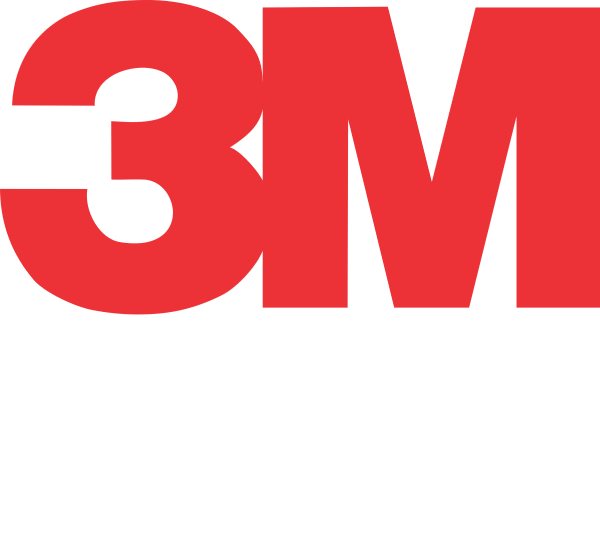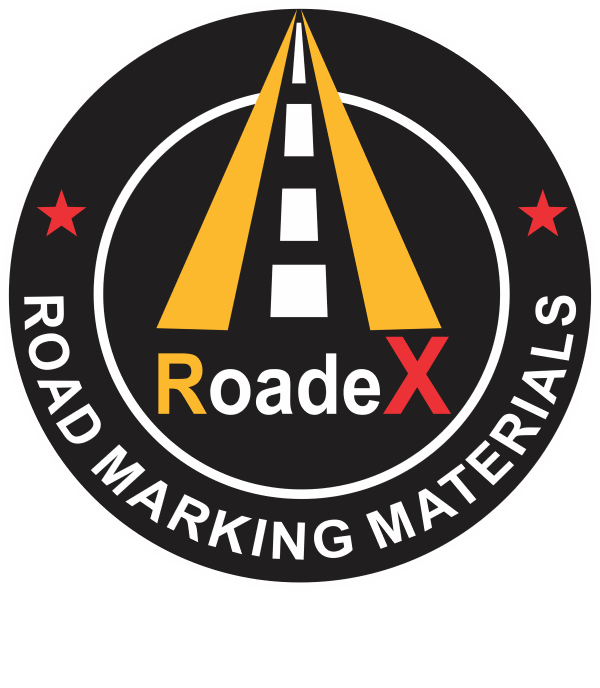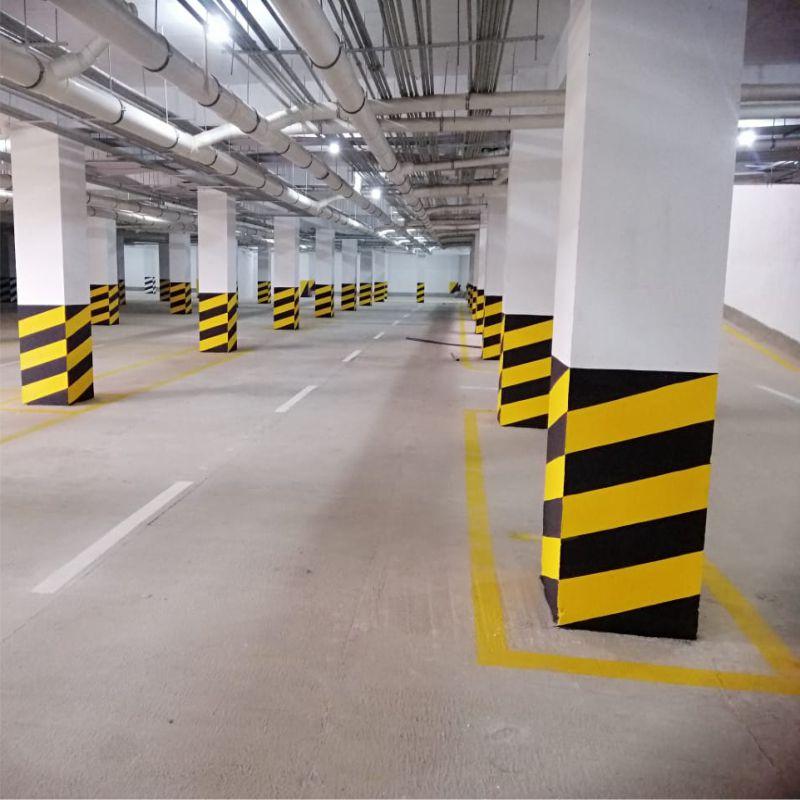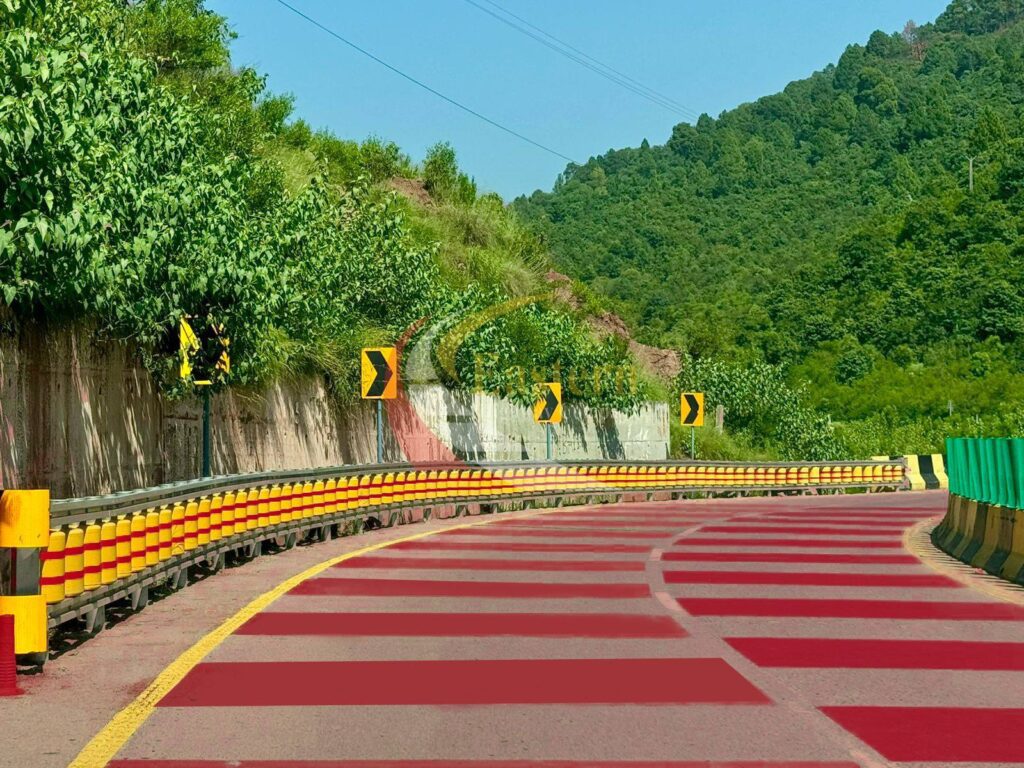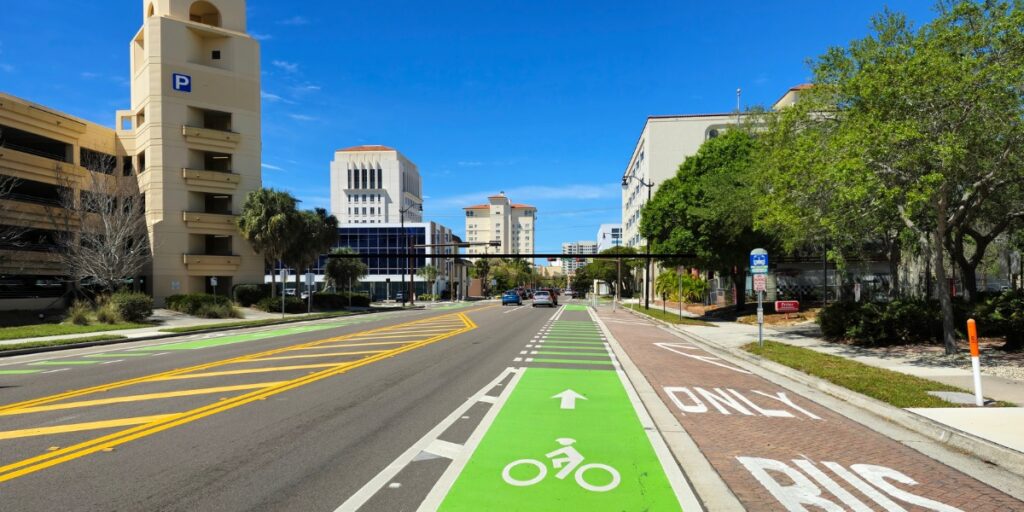Road markings play a vital role in maintaining road safety, streamlining traffic, and guiding drivers in all conditions. From highways to parking lots, these markings act as silent instructors, conveying essential rules and guidance. However, not all road marking materials offer the same durability or visibility over time. The most common comparison is between thermoplastic road markings and ordinary paint. While both serve the same purpose, the difference in performance, lifespan, and cost-effectiveness can be significant.
So, the pressing question remains: Which road marking option lasts longer — thermoplastic road marking paint or ordinary paint? Let’s dive deep into their materials, application, and benefits to find out.
Understanding Road Marking Materials:
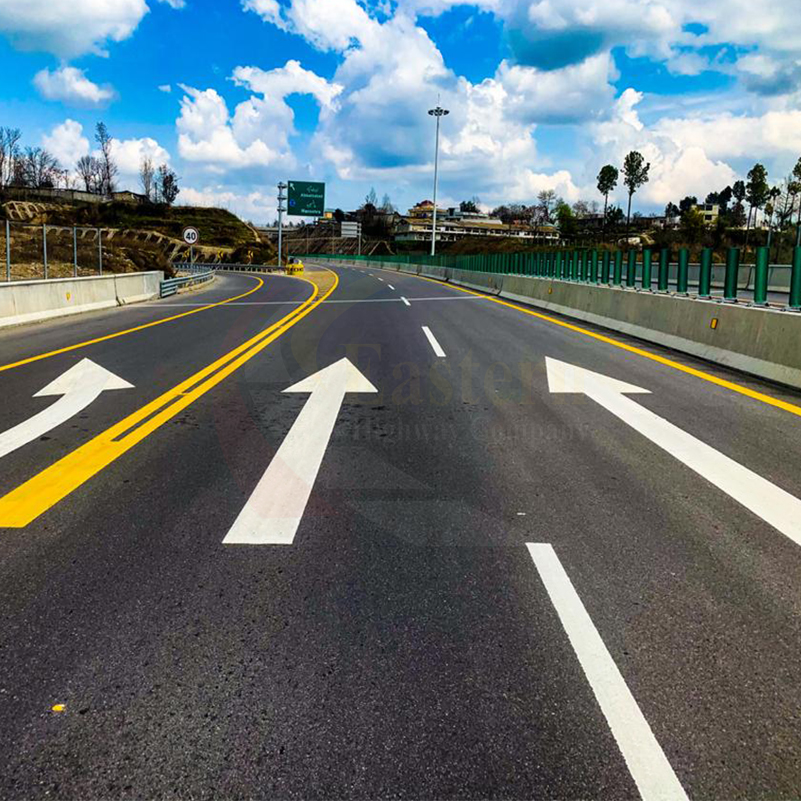
Before comparing the two, it’s important to understand what each material is composed of:
- Ordinary Road Paint: Typically made of solvent- or water-based acrylic. It is applied directly onto the road surface and dries quickly. Paint markings are easy to apply and ideal for temporary or low-traffic use cases.
- Thermoplastic Road Markings: These are made from synthetic resins, plasticizers, glass beads for reflectivity, and pigments for color. The material is heated to a molten state and then applied to the road surface where it hardens into a durable layer.
Both materials aim to make roads safer, but they vary significantly in terms of durability, performance, and cost-effectiveness.
Durability and Lifespan
The lifespan of road markings depends on various factors, including traffic volume, climate conditions, and maintenance schedules. Here’s how the two compare:
- Paint: Standard road paint typically lasts 6 to 12 months, especially in high-traffic areas. It wears out quickly due to friction from tires, exposure to sunlight, rain, and chemical spills. In colder climates, frequent snowfall and snowplowing further shorten its life.
- Thermoplastic: Known for its long-lasting durability, thermoplastic markings can last 3 to 5 years, sometimes even longer with proper maintenance. The thickness of the material and the inclusion of glass beads make it highly resistant to wear and fading.
In terms of longevity, thermoplastic clearly outperforms traditional paint. Its robust structure can withstand harsh weather, heavy traffic, and UV exposure far better than paint can.
Cost and Maintenance Considerations
At first glance, ordinary paint appears more affordable. It requires less initial investment and can be applied quickly with minimal equipment. However, the lower upfront cost comes with frequent maintenance, especially in high-traffic zones. You may need to repaint markings multiple times a year, leading to higher cumulative costs over time.
In contrast, thermoplastic markings involve higher installation costs due to the need for specialized heating equipment and trained professionals. But its extended lifespan means fewer applications over the years, resulting in long-term savings. For municipalities, highways, and airports, thermoplastic offers a better return on investment.
Visibility and Safety Performance
Visibility is a critical aspect of road safety. Markings need to be clearly visible both day and night, especially in poor weather conditions.
- Paint: While fresh paint offers decent visibility, it fades quickly under constant exposure to the sun and abrasion. Over time, the lines become harder to see, which may lead to confusion and accidents.
- Thermoplastic: Embedded with glass beads, thermoplastic markings provide superior nighttime reflectivity. Even in rainy or foggy conditions, the markings are clearly visible to drivers. This makes them ideal for high-speed roads and areas with frequent night-time travel.
When it comes to safety and visibility, thermoplastic is the more reliable choice.
Environmental and Weather Suitability
- Paint: Ordinary road paint can be applied in moderate weather and requires dry conditions to adhere properly. It struggles in cold, wet, or extremely hot environments. In heavy rain or snow, the markings may wear off faster and lose visibility.
- Thermoplastic: Once cured, thermoplastic markings can withstand a wider range of temperatures and remain intact during extreme weather events. Its performance remains stable even with heavy rainfall, making it suitable for diverse climatic conditions.
For areas with unpredictable weather or extreme seasons, thermoplastic offers a more dependable and durable solution.
Application Process and Drying Time
- Paint: Road paint is quick to apply and dries relatively fast. This makes it a good option for emergency or temporary markings, such as during construction or short-term events.
- Thermoplastic: Requires specialized equipment to heat the material to a high temperature before application. It also needs a skilled team to ensure correct thickness and reflectivity. The drying process is faster than paint once it cools, but the preparation and setup take more time.
For quick projects, paint may be the better option, but for permanent infrastructure, thermoplastic is worth the extra effort.
Use Case Comparison
- Best Uses for Paint:
- Temporary road works or construction zones
- Low-traffic areas like parking lots
- Budget-restricted projects
- Best Uses for Thermoplastic:
- Highways and main roads
- School zones and pedestrian crossings
- Airports, ports, and industrial areas
- Locations requiring high reflectivity and longevity
Which One Should You Choose?
The decision between thermoplastic and paint depends on your specific needs:
- If your project demands longevity, safety, and minimal maintenance, thermoplastic is the clear winner.
- If you need a quick, low-cost, and temporary solution, ordinary paint can suffice.
For urban planners, road safety authorities, and contractors looking for sustainable and efficient road marking solutions, investing in thermoplastic is a smart and future-ready choice.
Conclusion
In the debate of Thermoplastic vs. Ordinary Paint, thermoplastic stands out as the more durable, safer, and cost-effective road marking option over time. While the initial investment may be higher, the longer lifespan, better visibility, and reduced maintenance make it ideal for modern infrastructure.
At Eastern Highway, we specialize in high-quality thermoplastic road markings tailored to Pakistan’s diverse road networks. Our team uses the latest equipment and materials to deliver markings that last longer, reflect better, and keep roads safer for everyone.
Frequently Asked Questions:
1. What is the main difference between thermoplastic road markings and paint?
Thermoplastic markings are made from melted plastic-based materials with embedded glass beads for reflectivity, offering a thick, durable layer on the road. In contrast, ordinary paint is a liquid-based solution that dries on the surface and is more prone to wear and fading.
2. How long do thermoplastic road markings last compared to paint?
Thermoplastic road markings can last between 3 to 5 years, depending on traffic and weather conditions. Ordinary road paint typically lasts 6 to 12 months and may require frequent reapplication in high-traffic areas.
3. Are thermoplastic markings more expensive than paint?
Yes, thermoplastic markings have a higher initial cost due to materials and specialized equipment. However, they offer better long-term value because of their extended lifespan and reduced maintenance needs.
4. Which option is better for night-time visibility?
Thermoplastic markings are better for night visibility because they contain glass beads that reflect headlights, making them more visible in low-light and wet conditions. Paint fades faster and loses reflectivity over time.
5. When should I use ordinary paint instead of thermoplastic?
Ordinary paint is ideal for temporary markings, low-traffic areas, or when working within a tight budget. It’s commonly used in construction zones, parking lots, or areas not exposed to heavy wear.



